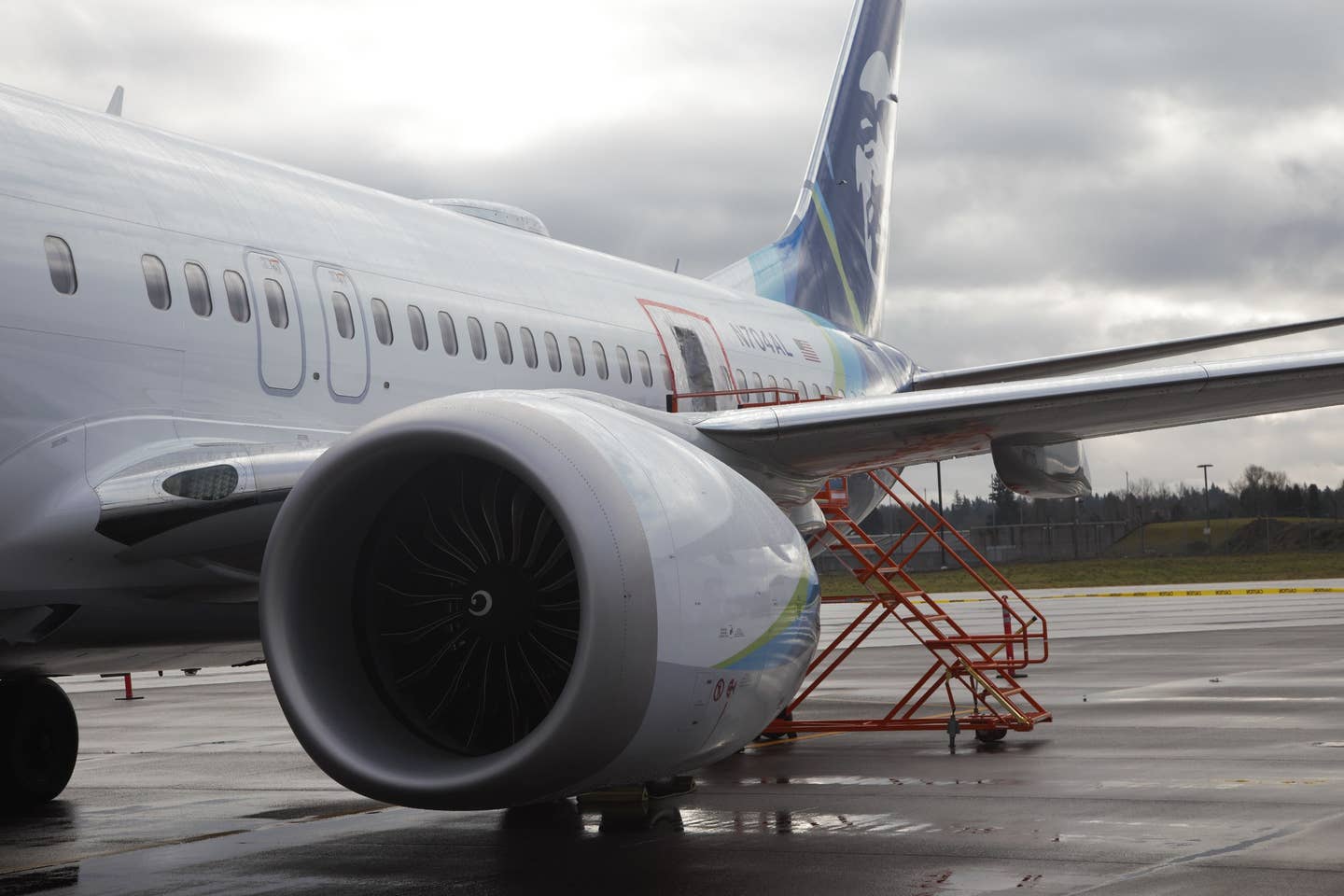Boeing Bolstering Its Quality Inspections
The company’s Commercial Airplane Division is focusing on quality assurance of the 737 production line.

Boeing Commercial CEO Stan Deal told employees about the efforts to go above and beyond to improve quality of the 737 series. [Courtesy: NTSB]
In a message to employees, Boeing Commercial Airplanes president and CEO Stan Deal announced "immediate actions" the company is taking to address the concerns about quality in 737 Max 9 production in addition to those mandated by the FAA.
"These actions are separate from the FAA’s investigation and the agency’s plan to increase oversight of 737-9 production,” Deal said. “We will cooperate fully and transparently with both as we work to restore trust with our regulator and our customers. And as the National Transportation Safety Board’s investigation proceeds, we will take additional steps to improve our practices as the facts and findings dictate.
"As we continue to respond to the Alaska Airlines Flight 1282 accident, our team has been working with the five affected airlines to inspect their 737-9 fleet. They have been examining and collecting measurements around the mid-exit door plugs to ensure they are installed per specifications. While we complete these tasks to earn [FAA] approval to unground the affected 737 9s, our team is also taking a hard look at our quality practices in our factories and across our production system.
"We have taken important steps in recent years to strengthen our quality management system’s (QMS) foundation and its layers of protection. But the AS1282 accident and recent customer findings make clear that we are not where we need to be. To that end, we are taking immediate actions to bolster quality assurance and controls across our factories."
The actions include adding additional inspections throughout the build process at Boeing and Spirit AeroSystems.
"These checks will provide one more layer of scrutiny on top of the thousands of inspections performed today across each 737 airplane and build on the reviews we have implemented to catch potential nonconformances,” said Boeing. “Since 2019, we have increased the number of commercial airplanes quality inspectors by 20 percent, and we plan to make more investments in the quality function."
Boeing plans to increase team sessions on quality to "gather and refocus on the fundamentals of our QMS, take advantage of our expanded training programs, and recommit to improving quality and compliance.
Boeing has deployed a team to Wichita, Kansas, to work alongside Spirit AeroSystems in addition to quality assurance teams already in place. Its job is to “inspect Spirit's installation of the mid-exit door plug and approve them before the fuselage section can be shipped to Boeing. We are also inspecting more than 50 other points in Spirit’s build process and assessing their build plans against engineering specifications."
Boeing will also be working more closely with the five airlines that utilize the 737 Max 9, "opening their factories to 737 operators for additional oversight inspections to review our production and quality procedures. Spirit will do the same and we will learn from our customers’ insights and findings."
In addition, an outside party will be brought in to thoroughly review the quality management system at the Commercial Airplanes Division and suggest further improvements.
These inspections of the mid-exit door plugs will continue as mandated by the FAA, and customer representatives will continue to have access to anything they want to see on board their airplane before delivery.
"Everything we do must conform to the requirements in our QMS," said Deal. "Anything less is unacceptable. It is through this standard that we must operate to provide our customers and their passengers complete confidence in Boeing airplanes. Let each one of us take personal accountability and recommit ourselves to this important work."
This latest challenge for Boeing stems from the January 5 accident where Alaska Airlines Flight 1282 lost a door plug shortly after takeoff from Portland International Airport (KPDX) in Oregon.
The jet, with 177 on board, took off just before 5 p.m. PST, destined for Ontario, California.
Approximately 13 minutes into the flight as the aircraft climbed through 16,000 feet, the door plug blew off. There was explosive decompression that sucked cellphones and parts of the seats adjacent to the hole out of the aircraft. A 15-year-old boy sitting next to the hole had his shirt ripped off his body.
The flight crew declared an emergency and the aircraft returned to the airport. There were no serious injuries reported among the passengers or crew.
Within hours Alaska Airlines grounded its fleet of 737 Max 9s, and the FAA issued an emergency grounding for the remaining aircraft around the world.

Sign-up for newsletters & special offers!
Get the latest FLYING stories & special offers delivered directly to your inbox






